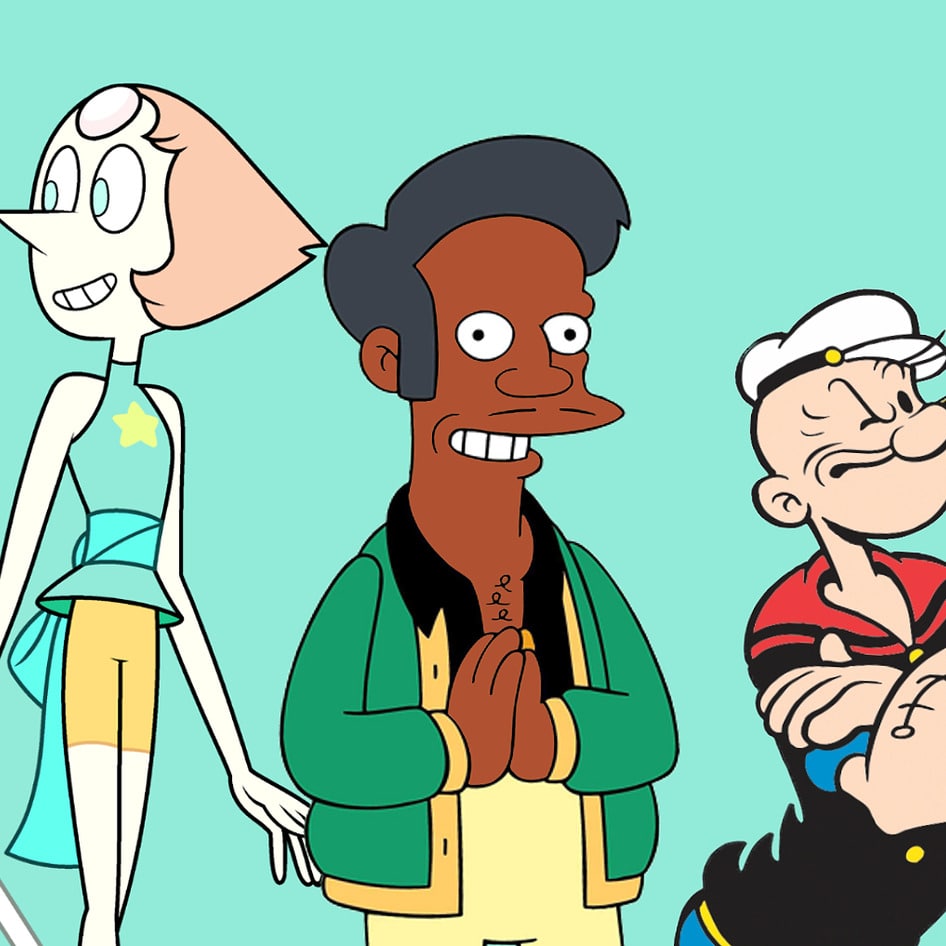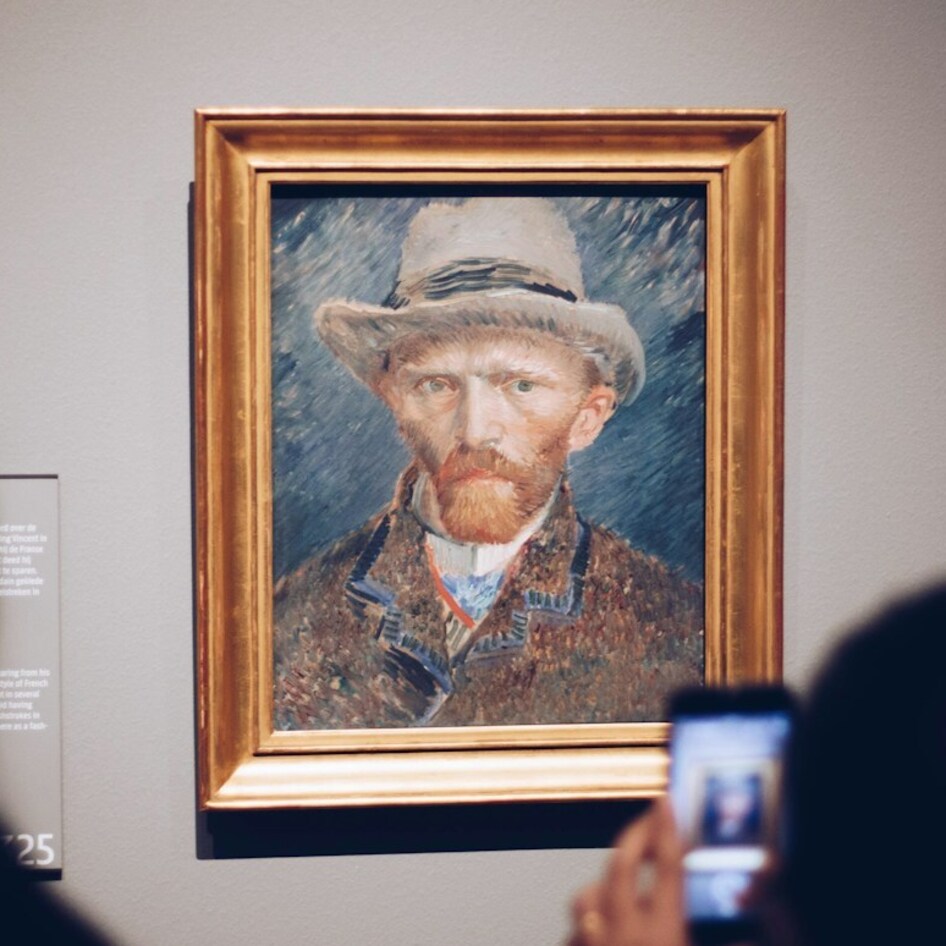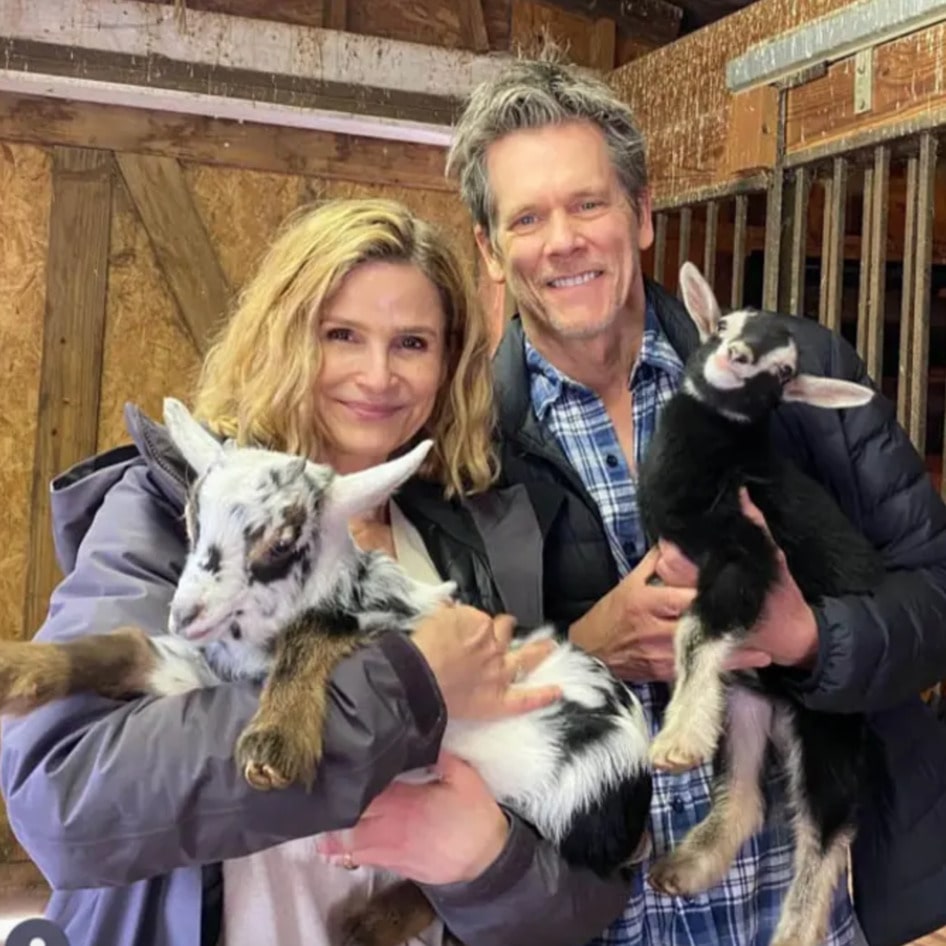Book Review: Eating Animals
The Omnivore’s Dilemma meets Animal Liberation, with a little Slaughterhouse thrown in.
November 16, 2009
Writing. It’s a peculiar exercise. Every scribe starts off exactly equal-pen and paper, typewriter, keyboard. Yet the end products are as disparate as the sketches of five-year olds with a box of 96 Crayolas and a drawing tablet. And imagination.
Enter novelist Jonathan Safran Foer (Everything is Illuminated; Extremely Loud and Incredibly Close). Fatherhood sets him off on a three-year quest “to learn as much as [he] can about the meat industry, in an effort to make informed decisions about what to feed [his] son.” This journey leads to Eating Animals, Foer’s tale in which the first word in the title can be verb or adjective, and is often both simultaneously. The author’s storytelling prowess and talent to craft a sentence make Eating a stellar effort. Consider: A best-selling, award-winning novelist writes a non-fiction book about “what meat is. … Through my efforts as a parent, I came face-to-face with realities that as a citizen I couldn’t ignore, and as a writer I couldn’t keep to myself.” Anyone who eats should be glad he did. Foer’s celebrity will get his book into the hands of many who would never consider the subject; he’s the antidote (and perhaps heir apparent) to Michael Pollan, who—rightfully—feels the sting of Foer’s barbs throughout.
Foer begins with a tongue-in-jowl intellectual exercise on eating dogs [“The inefficient use of dogs—conveniently already in areas of high human population (take note, local food advocates)—should make any ecologist blush”], even offering a classic Filipino recipe for “Stewed Dog, Wedding Style.” Of course there is no difference; this guy knows how to set the table. Along the way of trespassing on factory farms and visiting small-scale, heritage animal growers both Foer’s story and understanding evolve, right before the reader’s eyes. He’s that good. Even his mistakes have the Midas touch.
At 32, Foer, albeit accomplished, is still young. He disliked animals until six years ago (he got a dog), and his two-decade flirtation with vegetarianism was tenuous at best. While vegan today, he’s still uncertain, as the chapter title “I Can’t Go to the Word Wrong” makes obvious. Maybe not for himself, but for others—he’s not about to tell anyone to go veg. “Meat is not for me, and factory farming is a holocaust, but you make up your own mind,” one can almost hear him say. A seasoned activist could not have written this book. The result of this, “greenness” to the cause, yields great benefit, though probably not to well-versed vegetarians, who will find nearly nothing new here. The triumph of Eating Animals is found in Foer’s skill as a raconteur coupled with his ability to reach a mass audience. He’s Pollan-esque without the disingenuousness, and he’s far more accepting of non-vegetarians than any meat-eating foodie is of us.
Eating Animals belongs among the must-reads of animal advocacy literature. The book it most recalls, also by a young man in the fourth decade of his life who turned his attention to factory farming, was published a generation ago. With any luck, Foer’s masterpiece should become the new Diet for a New America, and usher in the next great wave of vegetarianism.
Click here to read the VegNews interview with Jonathan Safran Foer.
JUMP TO ... Latest News | Recipes | Guides | Health | Shop







